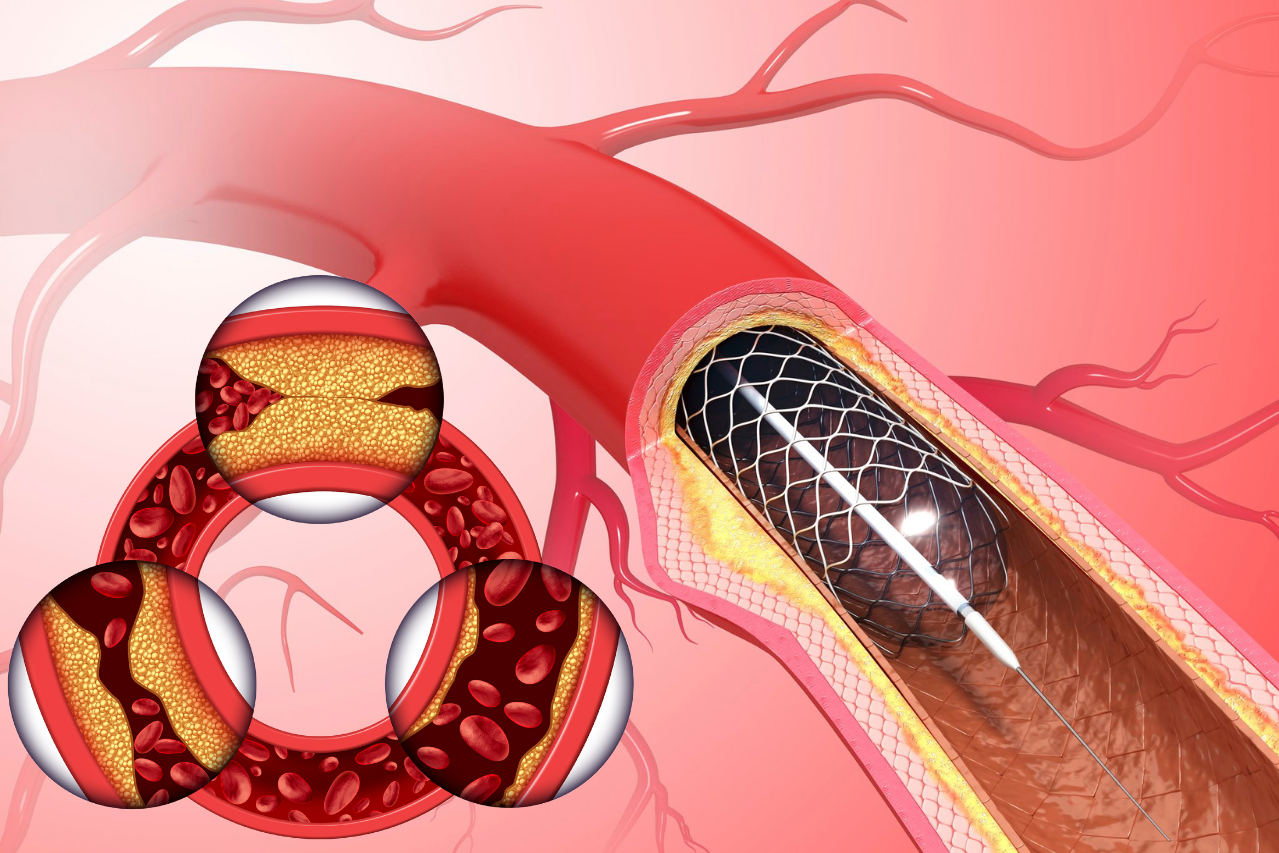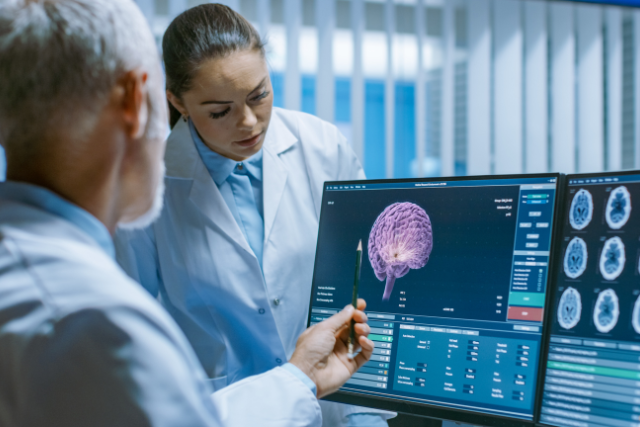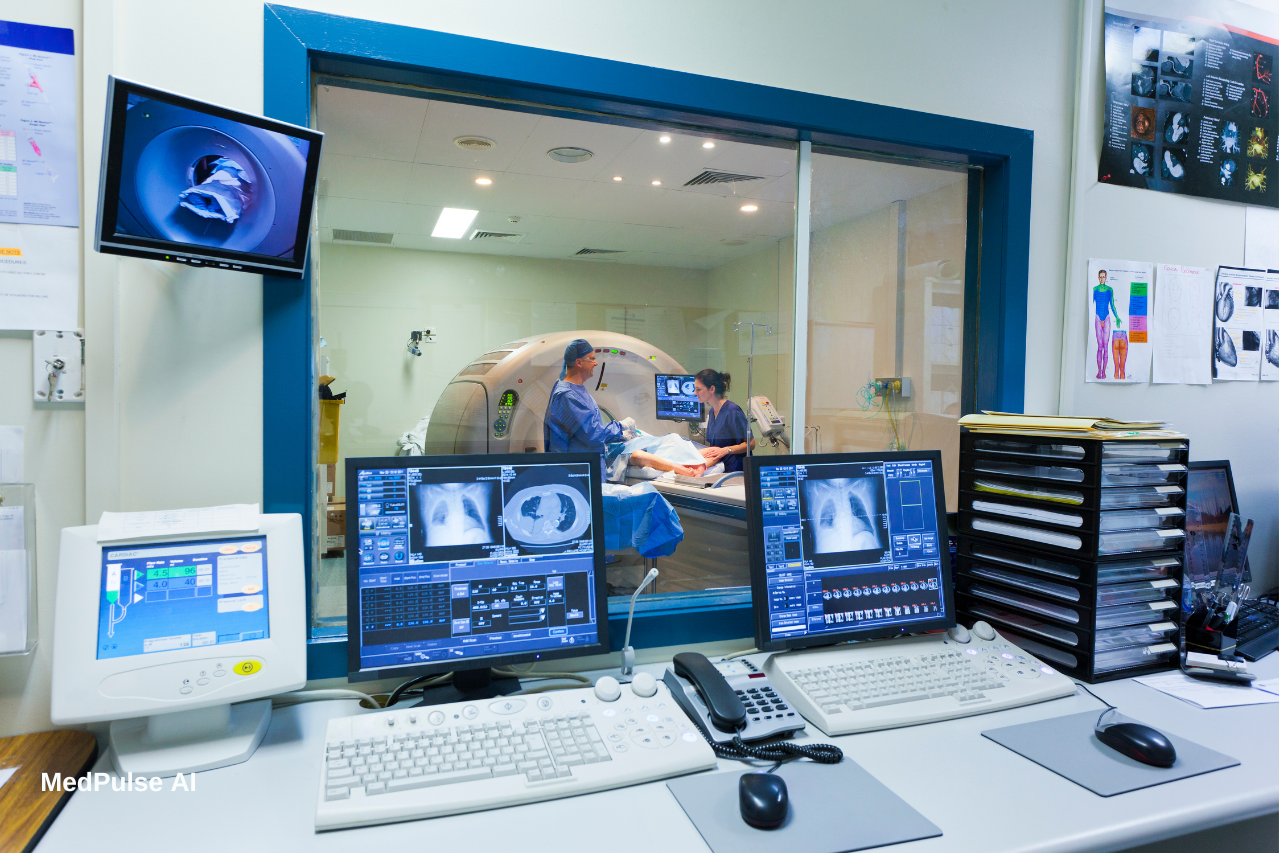Head and neck cancers, including cancers of the mouth, throat, larynx, and sinuses, present a significant health challenge globally. These cancers can be aggressive and often go undiagnosed until they reach an advanced stage, when treatment becomes more complicated and survival rates decrease. According to the World Health Organization (WHO), head and neck cancers account for approximately 550,000 new cases annually worldwide, with a high proportion of cases presenting at late stages.
The early detection of head and neck cancers is crucial for improving survival rates, and this is where artificial intelligence (AI) is making a notable impact. By analyzing vast amounts of data, medical images, and patient histories, AI is helping to identify cancers earlier than ever before.
The Challenges of Early Detection in Head and Neck Cancer
One of the main challenges with detecting head and neck cancers is that early symptoms often mimic less serious conditions. A persistent sore throat, hoarseness, or a lump in the neck can easily be attributed to infections or benign conditions, delaying the pursuit of diagnostic tests. Moreover, traditional diagnostic methods, such as biopsies and imaging techniques, may not always detect early-stage tumors, particularly when the tumors are small or located in complex areas like the throat or sinuses.
AI offers an innovative solution to these challenges by enhancing the accuracy and sensitivity of early cancer detection. Machine learning algorithms, trained on large datasets of medical images and patient records, can identify patterns and signs of cancer that might be missed by human clinicians. This allows for earlier diagnosis, improving the chances of successful treatment and reducing mortality rates.
AI in CT and MRI Analysis: Medical imaging has long been a cornerstone in the diagnosis and staging of head and neck cancers. Computed tomography (CT) and magnetic resonance imaging (MRI) scans are frequently used to detect abnormalities in the tissues and structures of the head and neck. However, interpreting these images can be complex, especially when tumors are small or located in difficult-to-visualize areas. AI-powered tools are now being employed to enhance the accuracy and sensitivity of these imaging techniques, allowing for earlier detection of cancers that might otherwise go unnoticed.
One of the most notable AI systems in this area is Google’s DeepMind, which has been used to analyze medical images, such as CT and MRI scans, to detect early-stage head and neck cancers. DeepMind’s AI algorithms are trained on large datasets of medical images, enabling them to recognize patterns and subtle changes in tissue that might indicate the presence of a tumor.
In a study published in The Lancet Oncology, DeepMind’s AI was found to detect tumors that were previously missed by human radiologists, particularly in cases of early-stage oropharyngeal cancer. This early detection is crucial, as it allows for treatment interventions before the cancer progresses to more advanced stages .
The AI system used deep learning models that analyzed factors such as tissue density, shape, and abnormalities that are often challenging for human clinicians to discern. For example, in detecting HPV-related head and neck cancers, where early detection can significantly impact treatment success, DeepMind’s AI algorithms demonstrated high sensitivity and accuracy in detecting small, early-stage tumors that would have been difficult to identify using traditional methods .
AI and PET Scan Analysis: Positron emission tomography (PET) scans are commonly used in oncology to detect areas of increased metabolic activity, which can indicate the presence of cancerous cells. However, interpreting PET scan data can be challenging, as not all areas of increased activity are malignant, leading to both false positives and false negatives. AI is improving the diagnostic accuracy of PET scans by analyzing the complex patterns of metabolic activity associated with cancer.
Researchers have developed AI algorithms specifically designed to enhance the sensitivity and specificity of PET scan analysis in detecting head and neck cancers. A study published in European Journal of Nuclear Medicine and Molecular Imaging found that AI-powered systems could detect early-stage tumors in the throat and larynx by analyzing PET scan data more accurately than traditional radiology methods. By reducing the number of false positives and negatives, AI helps ensure that patients receive earlier and more precise diagnoses, improving the chances of successful treatment .
For instance, AI systems like the one developed by Lunit, an AI company specializing in medical imaging, have been applied to PET scan interpretations for various cancers, including those in the head and neck region. These systems analyze the patterns of metabolic activity and provide clinicians with a risk assessment for malignancy, allowing for more targeted biopsies and interventions at earlier stages.
AI in Enhancing Biopsy Accuracy
While imaging techniques are crucial for identifying suspicious areas, biopsies remain the gold standard for confirming a diagnosis of cancer. However, traditional biopsy methods can sometimes miss small or early-stage tumors, particularly in cases where the cancer is still in its initial stages. AI is being applied to biopsy analysis to improve diagnostic accuracy, ensure that early-stage cancers are identified, and reduce the likelihood of inconclusive results.
AI in Pathology: In pathology, AI-powered systems are being used to analyze biopsy samples more effectively. Typically, pathologists examine tissue samples under a microscope to identify cancerous cells, but this process can be prone to human error, particularly when the cancerous changes are subtle. AI algorithms, trained on large databases of biopsy images, are now being used to assist pathologists in diagnosing cancers more accurately.
For example, PathAI is one such platform that uses machine learning algorithms to assist pathologists in diagnosing head and neck cancers. These AI systems analyze biopsy slides, searching for patterns that are indicative of malignancy, even in the earliest stages of cancer development. A study published in JAMA Oncology found that AI-assisted pathology significantly improved the accuracy of biopsy analysis, particularly in cases where the cancer was in its early stages. PathAI’s algorithms were able to detect cancerous cells that human pathologists had missed, ensuring that patients received a more accurate and timely diagnosis .
AI in Liquid Biopsies: In addition to traditional biopsies, AI is also being applied to the emerging field of liquid biopsies, which analyze biomarkers in the blood to detect cancer. Liquid biopsies offer a less invasive alternative to tissue biopsies and are particularly useful for early cancer detection. AI plays a key role in analyzing the complex data generated by liquid biopsies, allowing for the identification of circulating tumor DNA (ctDNA) or other cancer-related biomarkers in the blood.
For instance, AI-driven liquid biopsy platforms, such as those developed by Guardant Health, use machine learning to analyze ctDNA patterns and detect early-stage head and neck cancers. A study published in Nature Medicine demonstrated that AI-powered liquid biopsy analysis could detect genetic mutations associated with head and neck cancers with a high degree of sensitivity, even in cases where the tumor was still small and had not yet caused symptoms. This non-invasive approach allows for earlier detection and more personalized treatment planning for patients at high risk of cancer.
AI in Risk Stratification and Predictive Analytics
AI’s ability to process and analyze large amounts of data makes it particularly well-suited for risk stratification and predictive analytics in oncology. By analyzing patient data—including genetic information, lifestyle factors, and medical history—AI can predict which individuals are at a higher risk of developing head and neck cancers. This allows for earlier screening and intervention, potentially preventing the onset of cancer.
AI in Genetic Risk Prediction: Genetic mutations play a significant role in the development of head and neck cancers, particularly in cases related to HPV infection. AI algorithms are now being used to analyze genetic data to identify individuals at high risk of developing cancer. These algorithms can analyze patterns in a patient’s genetic profile, identifying mutations that increase the likelihood of cancer.
A study published in JCO Precision Oncology demonstrated that AI-driven genetic risk prediction models could accurately identify individuals at increased risk for HPV-related head and neck cancers. By analyzing the genetic profiles of thousands of patients, AI was able to identify specific genetic mutations associated with a higher likelihood of developing cancer. This information enables clinicians to recommend personalized screening programs and preventive measures for high-risk individuals, helping to catch cancers before they develop.
AI in Predicting Disease Progression: In addition to predicting who is at risk of developing cancer, AI is also being used to predict how head and neck cancers will progress in patients who have already been diagnosed. By analyzing data from patient records, including tumor size, location, genetic mutations, and treatment responses, AI algorithms can provide valuable insights into how quickly the cancer is likely to grow and whether it is likely to metastasize.
For example, a study published in Cancer Research demonstrated that AI models could predict disease progression in patients with oral squamous cell carcinoma, one of the most common types of head and neck cancer. The AI algorithms analyzed a range of factors, including tumor characteristics and genetic data, to predict the likelihood of metastasis and overall survival. These predictive capabilities allow oncologists to tailor treatment plans based on the expected progression of the cancer, improving patient outcomes.
AI in Primary Care and Screening
AI’s role in the early detection of head and neck cancer is not limited to specialized clinical settings. AI-powered screening tools are also being used in primary care and telemedicine to identify high-risk individuals and refer them for further evaluation before cancer has a chance to progress.
AI-Powered Symptom Analysis: AI tools that analyze patient-reported symptoms are increasingly being used in primary care to identify potential cases of head and neck cancer. These systems use natural language processing (NLP) to interpret patient symptoms, such as chronic hoarseness, unexplained weight loss, or difficulty swallowing, and assess the likelihood of cancer. AI models then cross-reference these symptoms with medical databases to determine whether further testing is warranted.
AI-driven systems like Ada Health use NLP to analyze patient-reported symptoms and flag high-risk cases for referral to ENT specialists. A study published in BMJ Open found that AI-powered symptom analysis tools were effective at identifying patients with potential head and neck cancers earlier than traditional screening methods, enabling more timely diagnostic testing .
AI is revolutionizing the early detection of head and neck cancers by enhancing the accuracy and sensitivity of imaging techniques, improving biopsy analysis, and providing predictive analytics for disease risk and progression. From AI-powered CT and MRI scans to liquid biopsy analysis, these technologies are enabling clinicians to identify cancers at earlier stages, when treatment is most effective. AI-driven tools are also helping to personalize screening and prevention programs, ensuring that high-risk individuals are monitored more closely and treated proactively.
Sources:
- “DeepMind’s AI in Detecting Head and Neck Cancers,” The Lancet Oncology, 2021.
- “AI-Enhanced PET Scan Analysis for Head and Neck Cancers,” European Journal of Nuclear Medicine and Molecular Imaging, 2020.
- “AI-Assisted Pathology in Head and Neck Cancer Biopsies,” JAMA Oncology, 2020.
- “AI-Driven Liquid Biopsy for Early Cancer Detection,” Nature Medicine, 2019.
- “AI in Genetic Risk Prediction for HPV-Related Cancers,” JCO Precision Oncology, 2020.
- “Predicting Disease Progression in Head and Neck Cancer Using AI,” Cancer Research, 2021.
- “AI-Powered Symptom Analysis in Primary Care for Cancer Detection,” BMJ Open, 2020.




